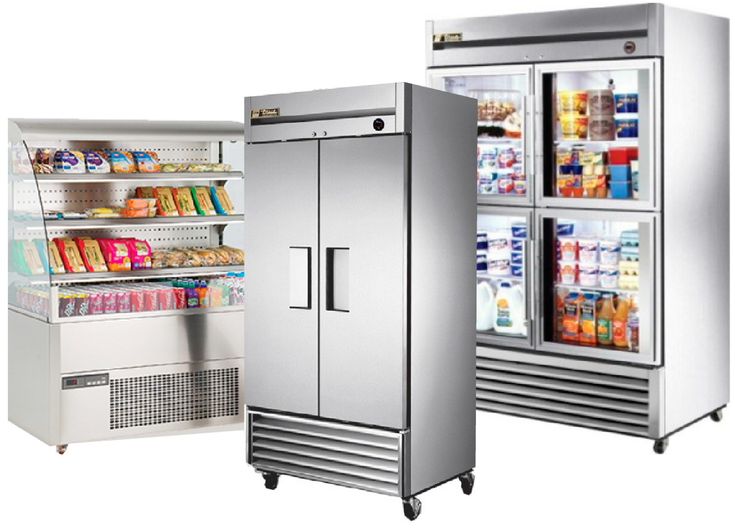The global Commercial Refrigeration Equipment Market is estimated to be valued at US$ 55.89 Bn in 2023 and is expected to exhibit a CAGR of 4.7% over the forecast period 2023 to 2030, as highlighted in a new report published by Coherent Market Insights.
Market Overview:
Commercial refrigeration equipment is primarily used for food preservation and storage in commercial spaces like restaurants, grocery stores, cold storages, and warehouses. These equipment include beverage coolers, ice machines, refrigerator & freezer, and refrigerated display cases. They play a vital role in food industry by improving shelf life and safety of perishable food items. They offer advantages such as optimized temperature and humidity levels as per food products, energy efficient operation, and organized product display.
Market key trends:
Increasing focus towards energy efficiency of commercial refrigeration systems is a key trend in the market. Rising electricity costs and stringent regulations regarding carbon emissions are prompting business owners as well as government organizations to prioritize energy efficient refrigeration solutions. Major equipment manufacturers are innovating their product offerings to reduce power consumption by up to 30%. They are integrating advanced technologies such as natural refrigerants, electronic expansion valves, anti-sweat heaters, and variable speed compressors. Growing demand for prepared and ready-to-eat food items is also augmenting the sales of commercial refrigeration equipment as they help store various food condiments and cooked meals at right temperatures. Their ability to maintain appropriate temperature ranges as per food type is another factor propelling their adoption.
Porter’s Analysis:
Threat of new entrants: The commercial refrigeration equipment market requires high initial investments in manufacturing facilities and distribution networks, deterring new companies from entering the market. Established suppliers have significant economies of scale advantages.
Bargaining power of buyers: Large commercial establishments and retailers have significant bargaining power due to bulk purchasing. However, the need for quality, reliability and energy efficiency limits options for buyers.
Bargaining power of suppliers: A few large multinational corporations dominate the supply of commercial refrigeration equipment. This gives them significant power over buyers.
Threat of new substitutes: No viable alternatives exist currently that can provide the temperature-controlled storage and display capabilities of commercial refrigeration equipment.
Competitive rivalry: The commercial refrigeration equipment market is highly competitive with major global players competing on the basis of product quality, reliability, pricing and energy efficiency.
Key Takeaways:
The global commercial refrigeration equipment market size is expected to witness high growth, exhibiting a CAGR of 4.7% over the forecast period of 2023 to 2030, due to increasing food retail activities across the world. The market size for 2023 is estimated to be US$ 55.89 Bn.
Regional analysis: North America dominated the commercial refrigeration equipment market in 2023 with a share of over 30%, led by the U.S.. The Asia Pacific region is expected to be the fastest growing market, expanding at a CAGR of over 6% during the forecast period due to rising supermarkets, hypermarkets, and food retail stores across developing countries.
Key players: Key players operating in the commercial refrigeration equipment market are United Technologies Corporation, Ingersoll-Rand plc, Johnson Controls Incorporated, Daikin Industries Limited, Dover Corporation, Hussmann Corporation, AHT Cooling Systems GmbH, Ali SpA, Illinois Tool Works Incorporated, Emerson Electric Company, Leer Incorporated, True Manufacturing Company Incorporated, and Whirlpool Corporation.
*Note:
1. Source: Coherent Market Insights, Public sources, Desk research
2. We have leveraged AI tools to mine information and compile it

